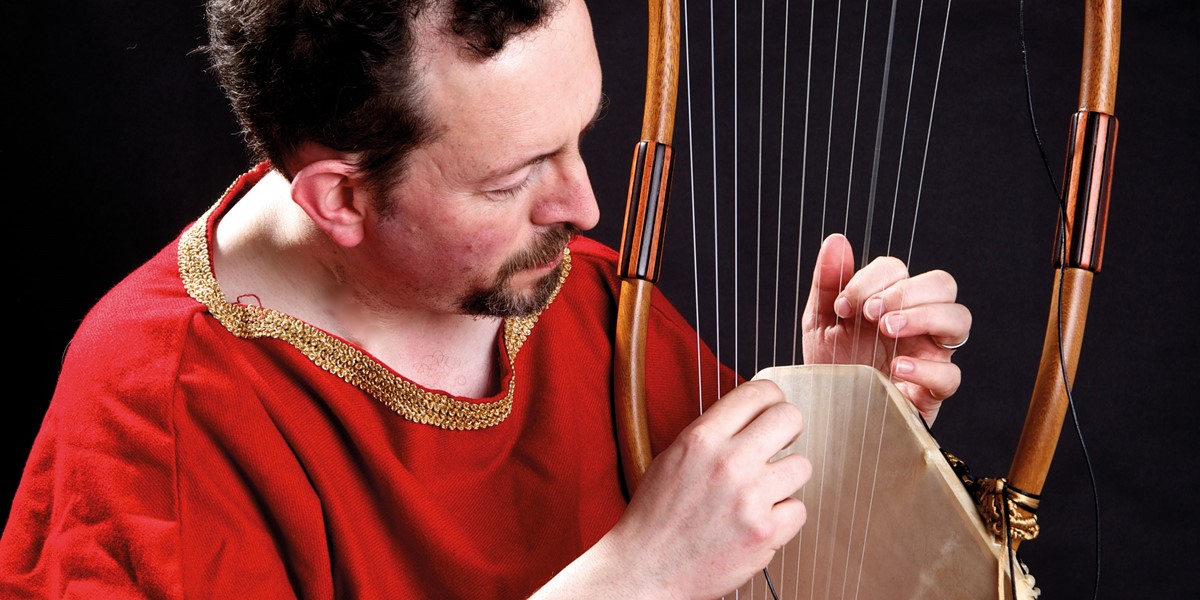Thursday, December 2, 2021
“My musical mission is to carry on where the ancients left off” | Michael Levy and his lyre
Michael Levy speaks to Simon Broughton about his ‘lyre of Apollo’ explorations, which follow in the exalted footsteps of the ancient Greek masters


Register now to continue reading

Thanks for visiting the Songlines website, your guide to an extraordinary world of music and culture. Sign up for a free account now to enjoy:
- Free access to 2 subscriber-only articles and album reviews every month
- Unlimited access to our news and awards pages
- Our regular email newsletters

